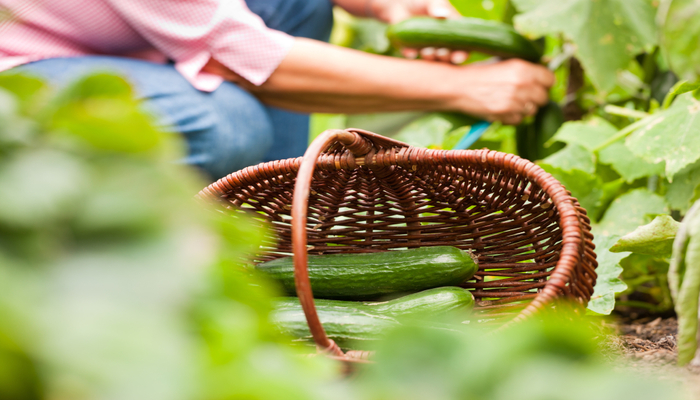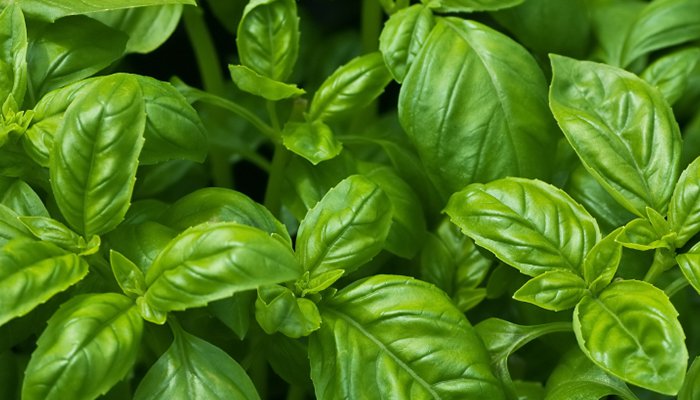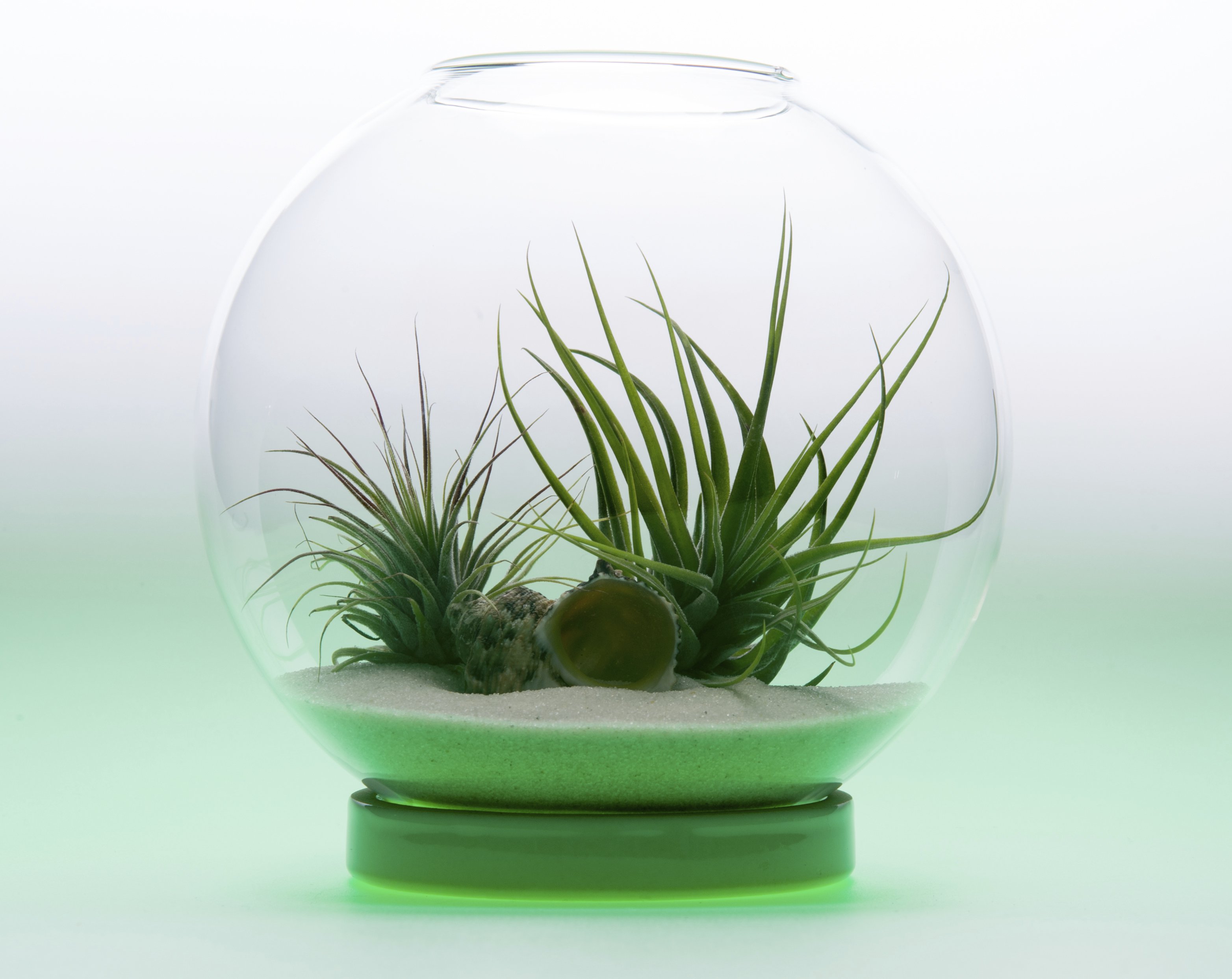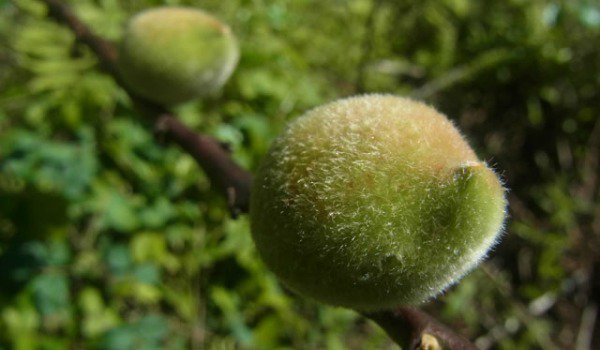
Want to know the best time to plant your Spring blooming bulbs? Well, that depends–but we’re certainly heading into the time when everyone should be giving that some thought. You have to know your zones, of course, so start by consulting your local listings. Once you have that vital information, we can start laying down the cold hard facts for when the ground gets cold and hard. [photo via wikimedia]
The most important thing about Spring blooming bulbs is getting their roots systems into the ground. They need at least a good month in the ground to get settled in before the ground starts to freeze–but you don’t want to plant them too early. You might end up being surprised by some early sprouting. A bulb only has so much power to offer, and a lot of it gets burned pushing up leaves. That’s energy that the little bulb is going to need to make it through the cold months.
The weather’s been pretty unpredictable, too, but the Farmer’s Almanac says that we’re due for a harsh winter that will settle in early. We’re not expecting much in the way of an Indian Summer–but we say that from one of the colder Zones. Our fellow frozen folks in Zones 1 through 4 should get ready to plant their bulbs during late August and September. If you’re in Zones 4 through 7, then hold off until it gets cooler in September. You can get away with planting your bulbs up to November, and maybe as late as December. All of you lucky people in the other Zones probably won’t have to worry about a big chill period.
If you’re like us, you’ll probably find a few bulbs in early November that you just forgot about. Don’t give up on them. Check to see if they’re firm and feel plump. Go ahead and try planting them. Any bulbs left out of the ground during winter are just going to die, anyway. You wouldn’t be the first person to have bulbs that establish roots in close to freezing temperatures. Besides, cold weather is good for a bulb in the soil. They need to get lulled out of their dormancy. A good three months in icy dirt will do them a lot of good. Don’t forget the old saying about how there’s still time to plant bulbs if you can manage to dig up the dirt.
Just try to plant them very deep for some extra warming insulation. Mulch them, too. You just need some evergreen branches, fallen leaves, or straw. Don’t give up on them too quickly, either. The shoots won’t break out of the soil on time with the bulbs you planted previously–but they might get there.
And what if you can no longer dig up the dirt? We won’t give up on those bulbs yet. (Seriously, it’s amazing how long you can forget you have some of those things.) You can try potting your bulbs in large containers. Plant them dead center, though. They might freeze if too close to the sides of the pot. Then put the bulbs somewhere cold–like your shed, or your porch, or the garage. The idea is to give them a cold (but not extremely cold) environment. That soil will need some maintenance, too. Don’t let it stay wet, but do some watering each month to keep the dirt from going dry. Then you can take the pot outside once you’re safely into Spring. See if the bulbs produce shoots in the pot, or do some transplanting after the sprouts have started.
You can also try putting the bulbs on top of the frozen ground. Just toss on a good amount of potting soil. We’d say at least 8 inches of soil, covered in cloth or wire to keep the soil in place. Then add more mulch once the ground has frozen.
If you can’t dig into the soil, plant on top of it. Spread your bulbs out and then top them with at least 6 – 8 inches of potting soil. It helps to circle the area with chicken wire or hardware cloth. The wire will hold the soil in place and deter rodents. You can remove it in the spring. Mulch the mound, once it freezes hard.
Yes, it would really be for the best if you got them all out at once–and maybe you’re more organized than we are. Still, never say die when it comes to bulbs. Even those that struggle with the late planting can prosper later on. And then they’ll forgive you for being so forgetful. At least, we like to think so.











